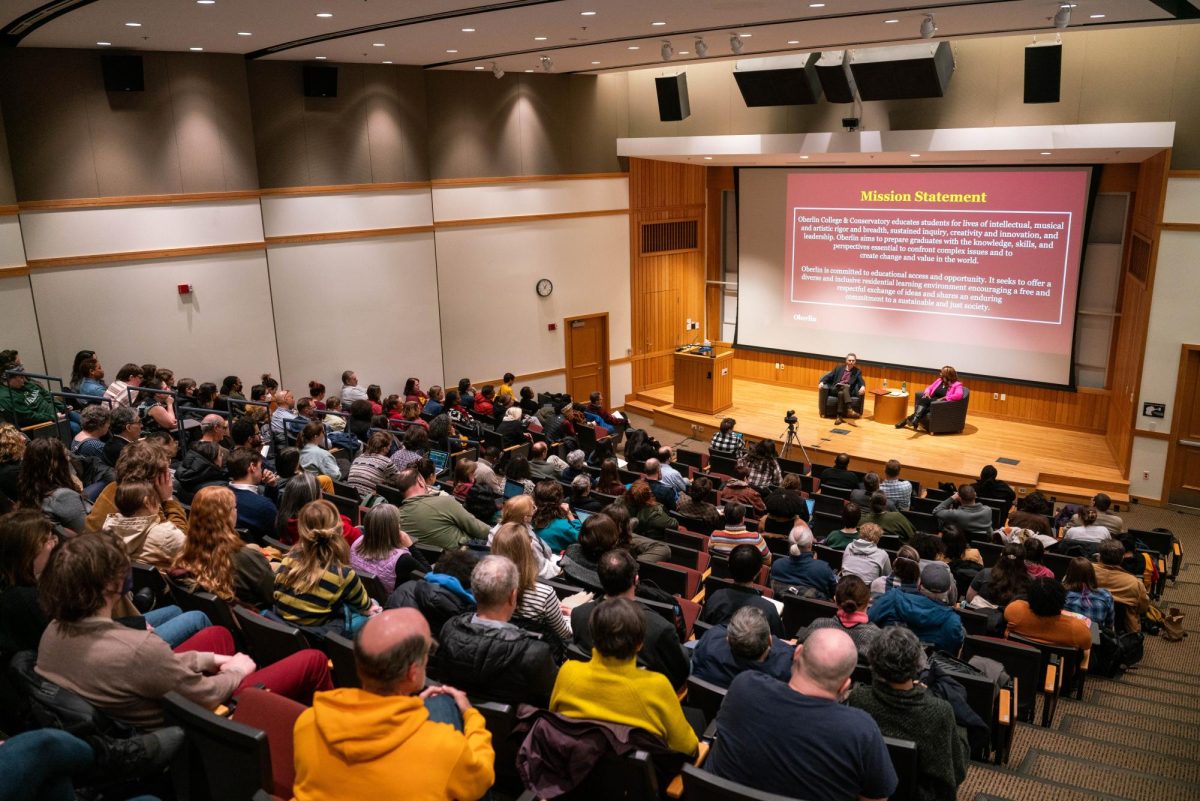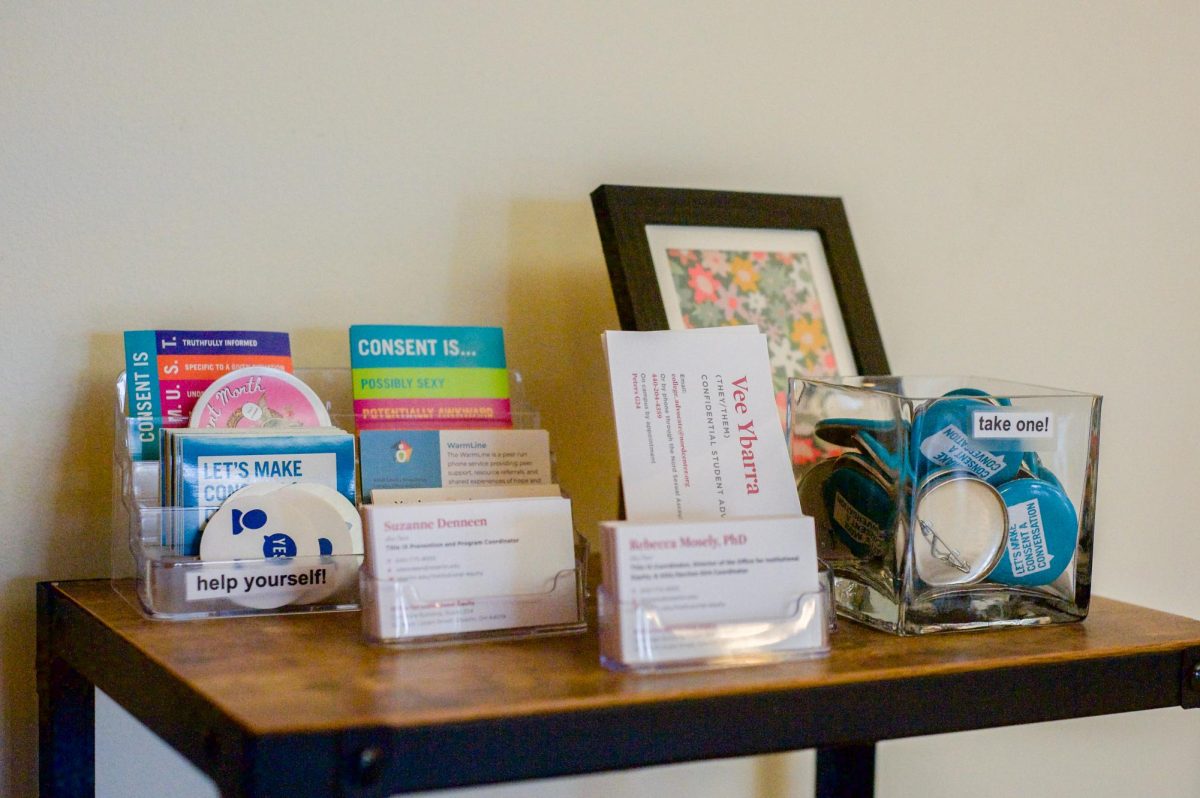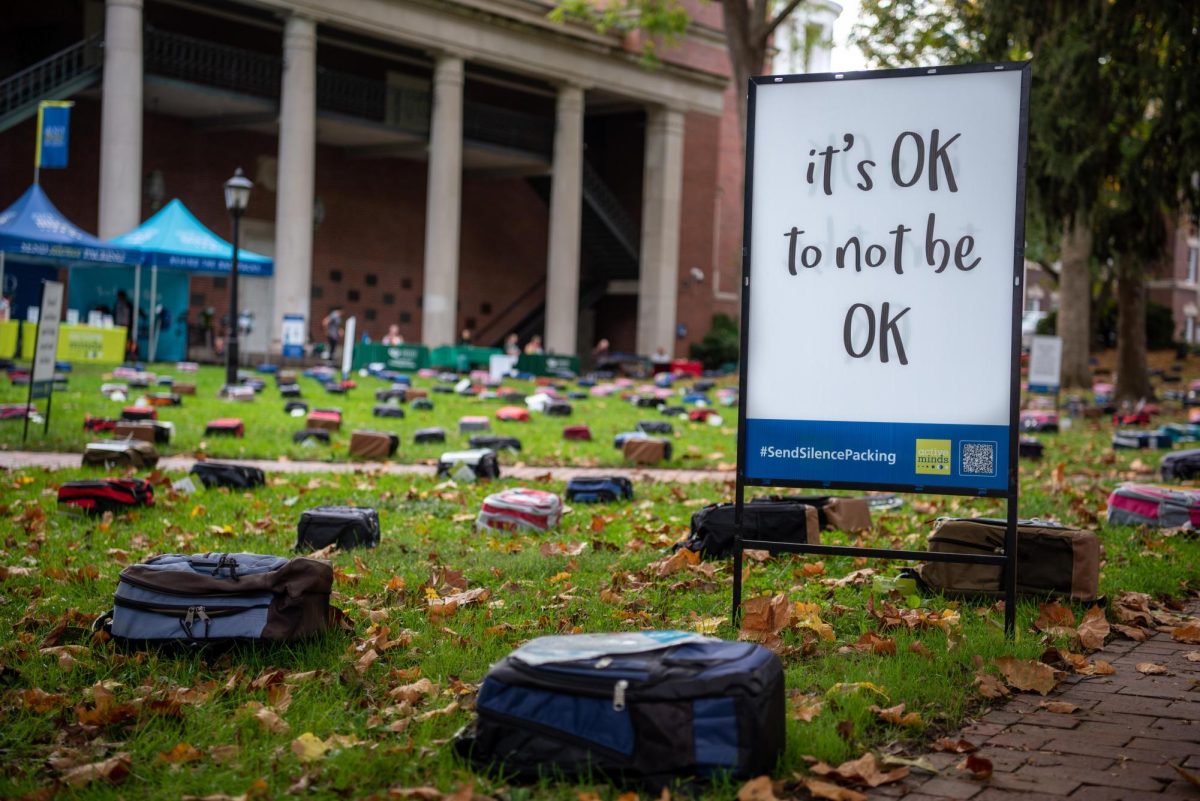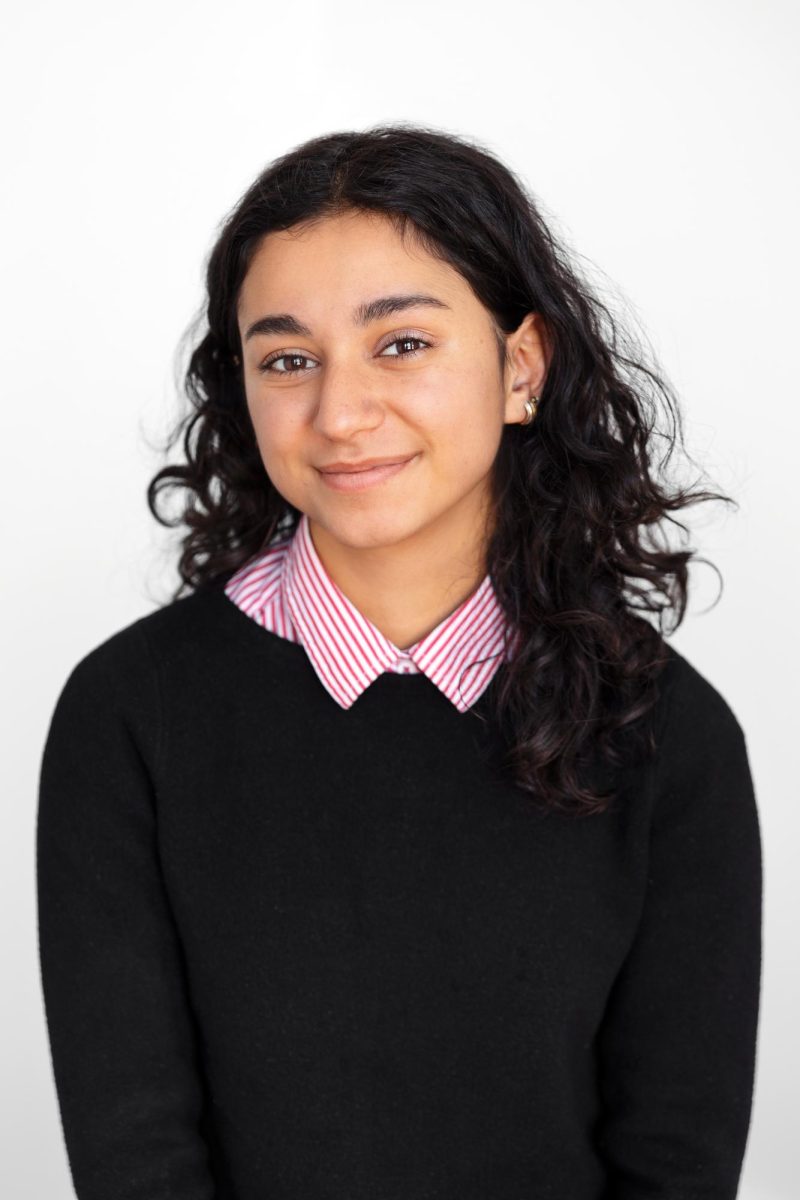On March 23, Oberlin released admissions decisions for prospective students who applied for Regular Decision for the class of 2028. During the reading period for applications, Oberlin admissions counselors reviewed 9,699 first-year applications to the College of Arts & Sciences.
Before the Regular Decision announcement on March 23, 223 students were already admitted, having applied under a binding agreement to Early Decision I or II. Twenty-nine students who were admitted last year but took gap years are also committed to joining the class of 2028.
This year, 34 percent of applicants were admitted, compared to 33 percent last year. The West/Southwest region is the most highly represented, with 27 percent of admitted students coming from the region, followed by the mid-Atlantic with 25 percent, and the Midwest with 19 percent. Nine percent of admitted students come from outside of the United States, representing 51 nations. Seven percent of admitted students self-identify as the first in their families to attend college.
Notably, data on the racial and ethnic makeup of the applicant pool is not available as Oberlin seeks to cooperate with the Supreme Court ruling that effectively ended affirmative action.
Manuel Carballo, dean of admissions, noted that though we now know the composition of the entire admitted student population, it will be unclear until May 1, Oberlin’s decision deadline, what the class of 2028 will actually look like. Oberlin will also continue releasing decisions for those on the waitlist through as late as mid-June.
Regarding academics, sports, and major interests, the composition of the admitted students is similar to recent years.
“Academically, this is another very strong group that looks very similar to what we’ve seen in years past,” the Admissions Office wrote in an email to the Review.
218 students were recruited to join Oberlin’s athletic teams, a process that stretched outside of the regular admissions season and involved forming personal relationships with prospective athletes. The top majors applied for include Psychology, Biology, Environmental Studies, and Creative Writing, though many applicants did not select a particular major and applied undecided.
Meanwhile, the Conservatory received 1,298 first-year applications, an 8.3 percent increase from previous years, and admitted 32 percent of students who applied. According to the Admissions Office, this was a particularly competitive year for Conservatory applicants.
“Increased application numbers, lower admit rate, and comments from faculty [indicated] an extremely talented group of students,” the office said regarding Conservatory admissions.
Currently, the Admissions Office expects an enrollment of 750 to 800 students in the College for the class of 2028. This would make the 2028 class larger than the 2027 class, with 707 students enrolled. The Conservatory anticipates the enrollment of about 135 new students, the same number of students who enrolled in the class of 2027. These numbers may both count double-degree students.
Overall, the Admissions Office considers this another successful year of recruiting and accepting students, and looks forward to seeing which admitted students will officially join the class of 2028.
“This is the time when we’re really excited to get to meet some of the students who are coming to visit us on campus, but roles are reversed,” said Carballo. “We get the students being nervous about whether they’re going to get in, to now the Admissions Office is nervous about whether the students are going to choose us out of all of the wonderful choices that they have.”
The All Roads Lead to Oberlin program days, when admitted students visit Oberlin for tours and other events, will occur throughout April.










